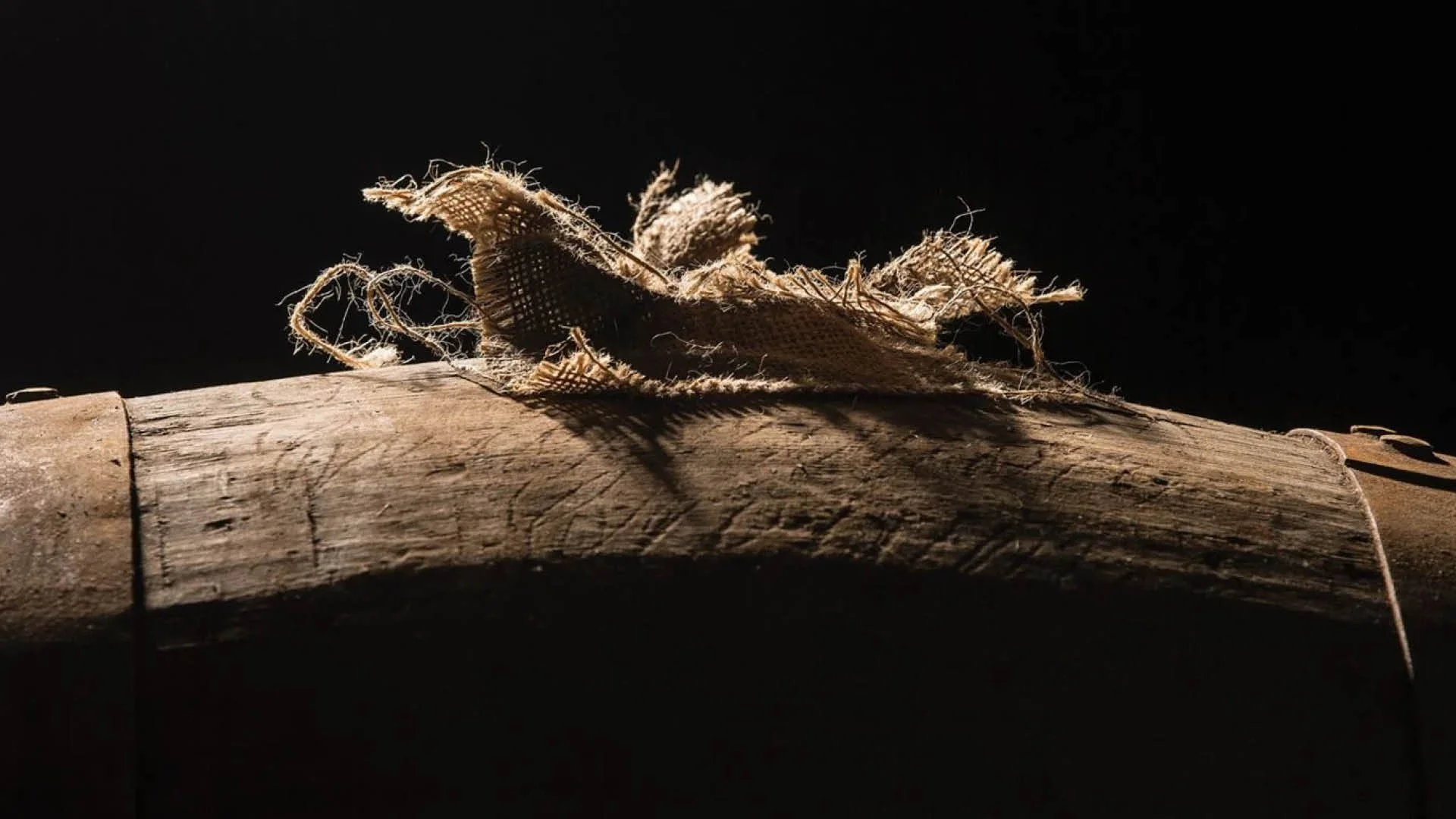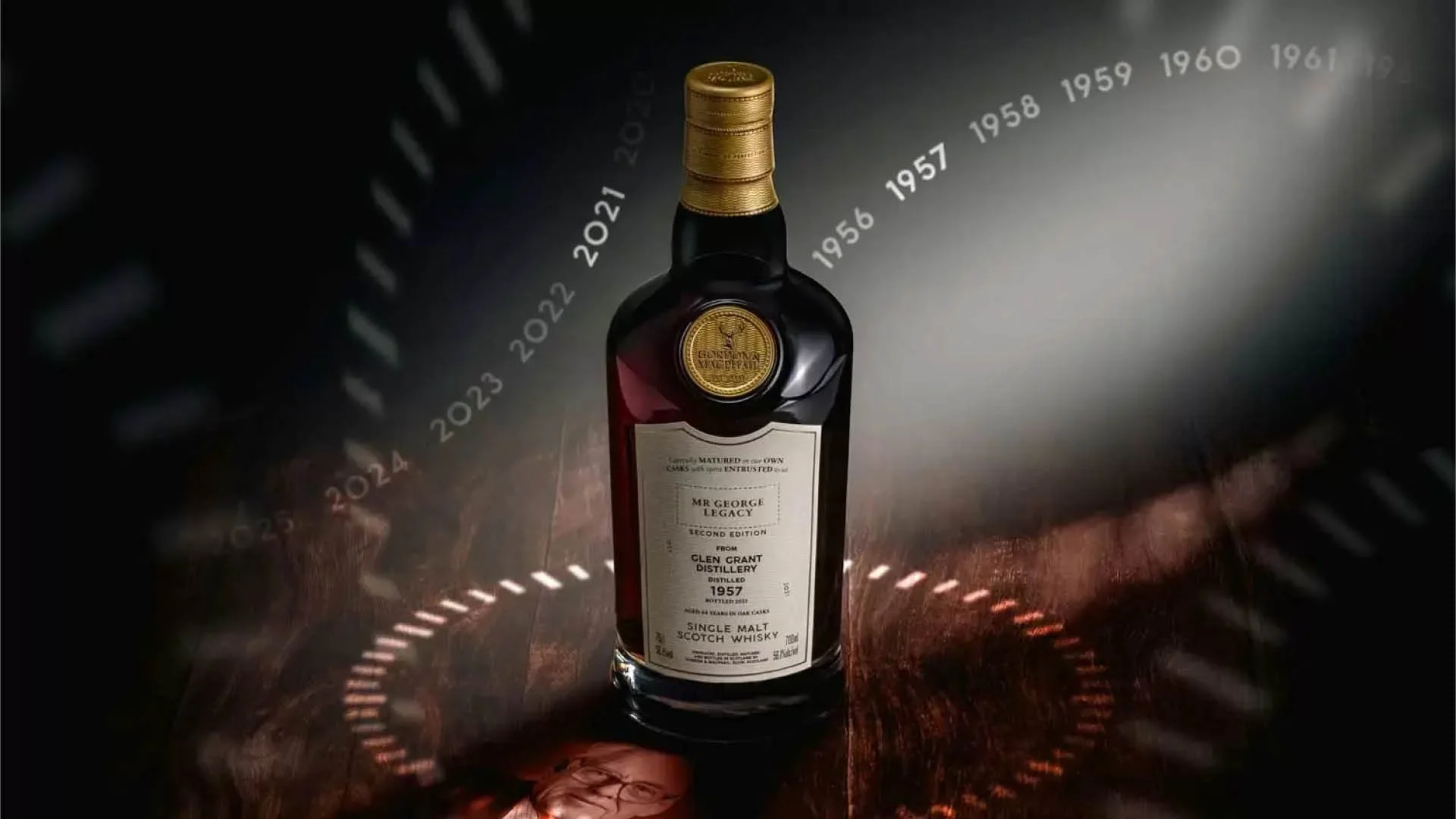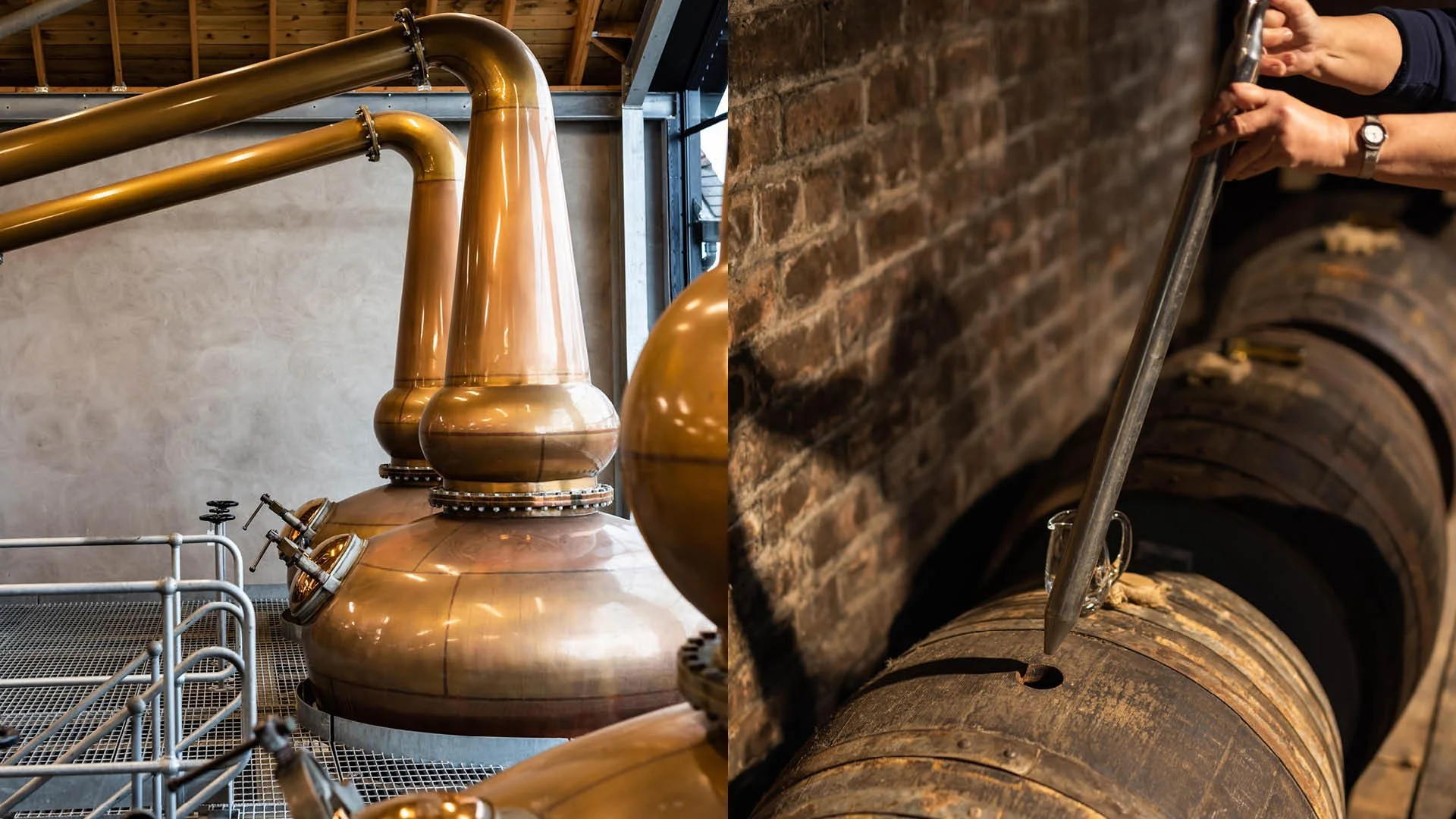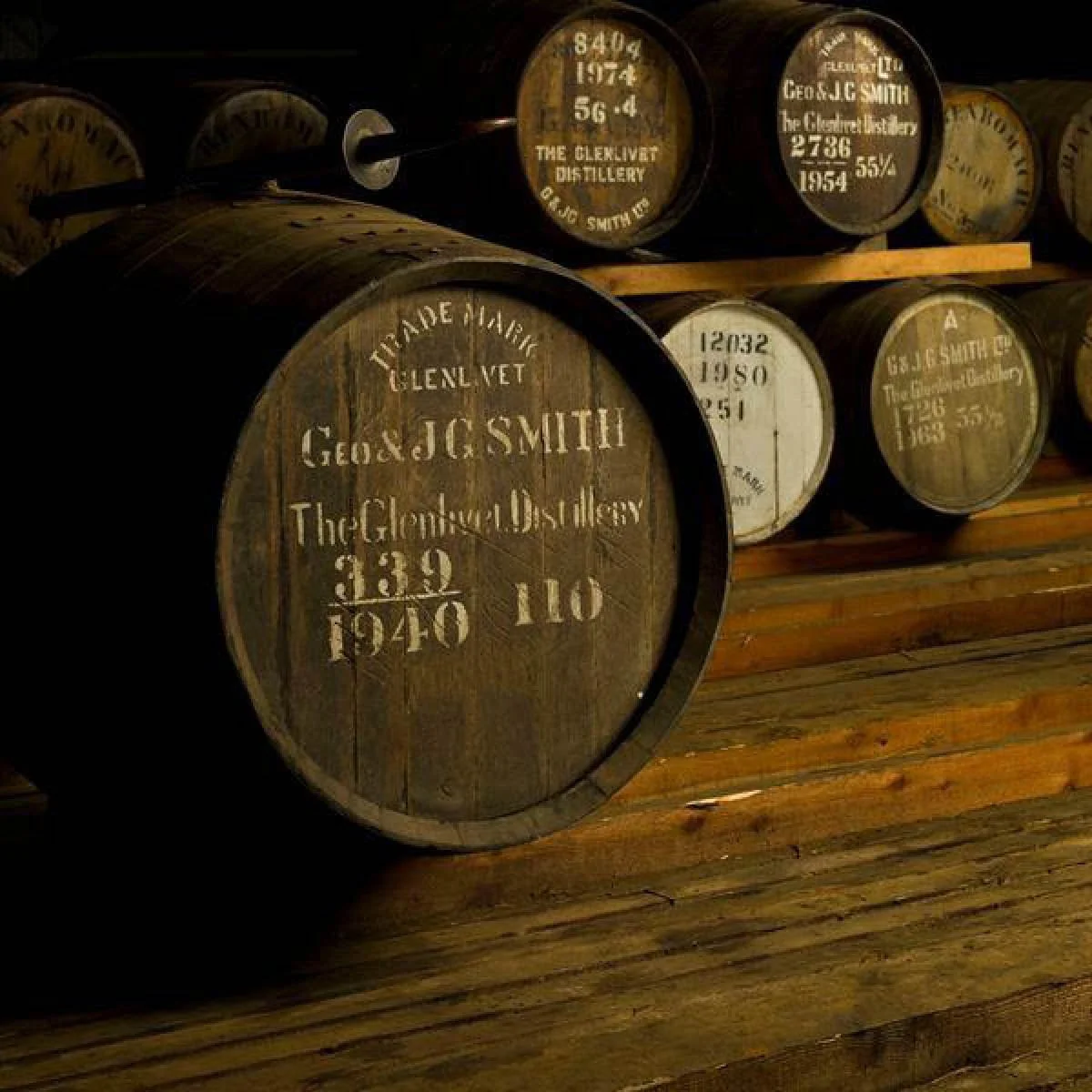Why Speyside is the home of Scotch whisky
Tucked in the northeast corner of Scotland, Speyside is an area long famed for its rich single malt whiskies, home to more than 50% of the country's finest distilleries and centuries of tradition. We speak to Mhairi Winters, head of distilleries for Gordon & MacPhail, about what makes Speyside so special.
What is Speyside known for?
“Speyside is quite a small region in the northeast of Scotland, very famous for single malt whiskey – we have over 100 different distilleries across Scotland, and over 50 of those are located in Speyside. We’re sandwiched in, we’ve got our beautiful coastline to the north and we've got the Cairngorms slightly to the south, complete with beautiful Caledonian pine forests. I feel like we're really lucky in Speyside, we have access to a lot of beautiful areas, and we're kind of the gateway up to the Highlands.”
Why is Speyside home to so many distillers?
“Distilling in Speyside has been around for hundreds of years. It started and flourished in this area because it was quite inaccessible – when the taxman decided they were going to tax whisky, you could hide a wee still up on the side of a hill somewhere quite easily in this area, whereas down in the lowlands, you didn’t have that opportunity.
“The ingredients required for producing single malt whisky are malted barley, water and yeast, and this location in Speyside has a sort of micro-climate that's perfect for growing barley – it's quite mild, and the soil is very fertile. We're also very lucky to have an abundance of excellent quality water; we have lots of spring water in this area, and so most of the distilleries are located near a very good water source.
“Some of the biggest single malts in the world come from the Speyside region – we have brands like Glenfiddich, Macallan, Balvenie, Glenlivet, Aberlour, but we also have other brands such as Benromach, much smaller brands that are producing something that is reminiscent of the traditional Speyside single malt.”
What flavours do you get from a Speyside whisky?
“The flavour profile of the whiskies from Speyside is very approachable. They tend to have a really full-bodied, fruity flavour. The casks will also lend a lot of flavour to the whiskey as well – you can either use bourbon or sherry casks, and they will give different flavours and aromas to the whiskey. A sherry cask tends to give kind of dried fruit aromas, raisins, a lot of spice, cinnamon, that sort of thing, whereas a bourbon cask will give you kind of vanilla toffee notes.
“Speyside whiskies tend to be very smooth and easy to drink, they are very approachable, so for people who might not necessarily have drunk very much whisky before would hopefully find one that they would really enjoy.”
How important was Speyside to the popularity of single malt whisky?
“In the Victorian period, single malt Scotch whiskies were readily available, but by the 1920s, blended Scotch came to dominate the world market. This began to change in the 1960s, thanks largely to George Urquhart of Gordon & McPhail, considered by many whisky historians to have created what would become the single malt Scotch whisky market.
“Developing an unparalleled understanding of Scotch whisky, especially the unique interaction that occurs over time between spirit and cask, he went against the grain, ageing whiskey longer than most and bottling this as single malts. This was a very small part of the whisky world, but today it's a significant part, and it’s thanks to him that all these wonderful distilleries have been put on the map.
“To a blend, the spirit from these distilleries is merely an ingredient, but as a single malt, they are a place, steeped in time, tradition and history, and that's what gets brought to life in every glass of whiskey you enjoy.
How are Speyside whiskies produced?
“The first thing we do is we get our malted barley, and we mill that into a coarse flour called ‘grist’. The next stage is we add hot water to that grist, that activates the natural enzymes in the malted barley, that will chop up the starch into sugar. The sugar is really important, because that's what we then need for the yeast to ferment into alcohol.
“We add yeast to the sugary liquid, or ‘wort’, and we produce a kind of strong beer – it's usually between eight and 9% alcohol by volume. This fermentation process takes about three days, and then we transfer the ‘wash’ into our wash still. We then heat that liquid, separating the alcohol away from the water and the yeast, and we collect this, called ‘low wines’, it’s about 25% alcohol. The low wines are then transferred into our spirit still, and we repeat that process, but this time we're collecting the ‘heart of the run’, which will be roughly 70% alcohol.
“We then take that spirit, add some water to it, and we reduce it down to 63.5% alcohol, and we fill that into our oak casks. Previous contents will have been Sherry or Bourbon, and these different casks will give different flavours to the spirit over its maturation period. The minimum time that whiskey must stay in an oak cask is three years, however, the majority are much longer.”
So, is Speyside the ideal place for a whisky tourist?
“Most of the distilleries in Speyside will have a visitor centre, and you'll get really different tours at different distilleries. If you visited Cardhu distillery, for you would probably learn about the blend Johnny Walker, and if you came to somewhere like Balvenie, they have a very in depth tour that can take about four hours – you see a floor maltings, see around the distillery, goes down and see the cooperage as well.
“What's key is that all these distilleries are trying to do the same thing. We have three very simple ingredients, and we're trying to make a really good quality spirit. We have very different methods of doing that, and each is producing something that tastes unique and different, which is something I find fascinating about Scotch whiskey.”



















